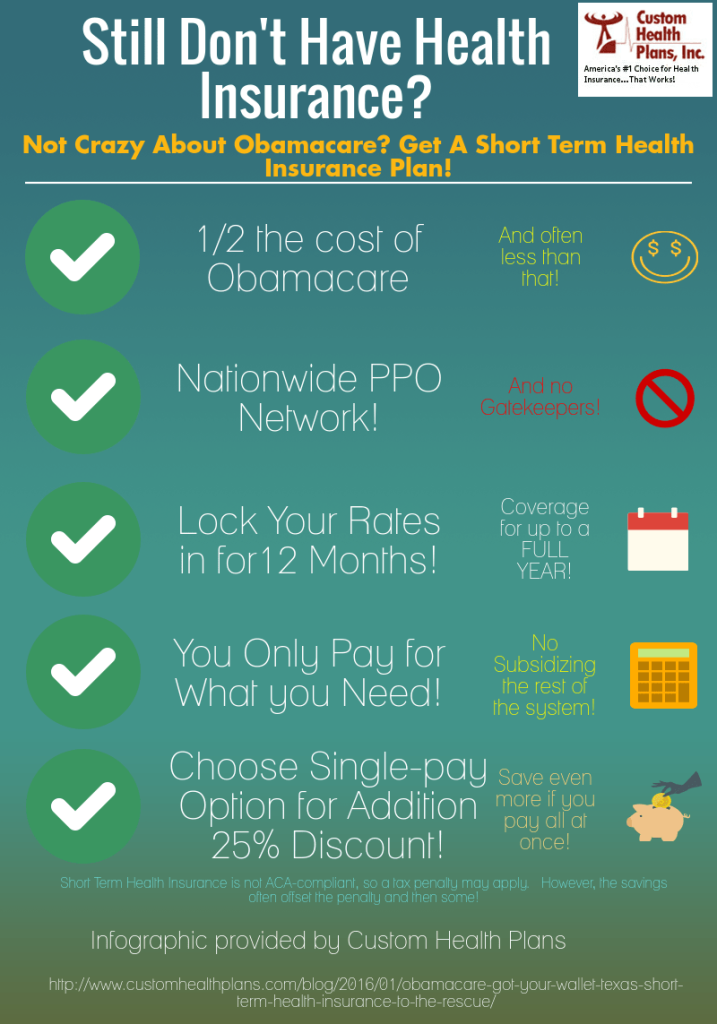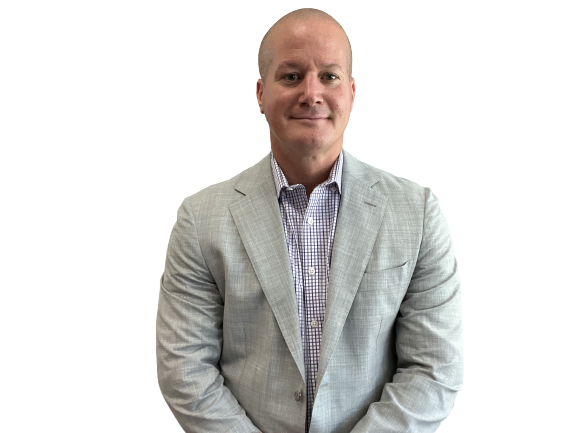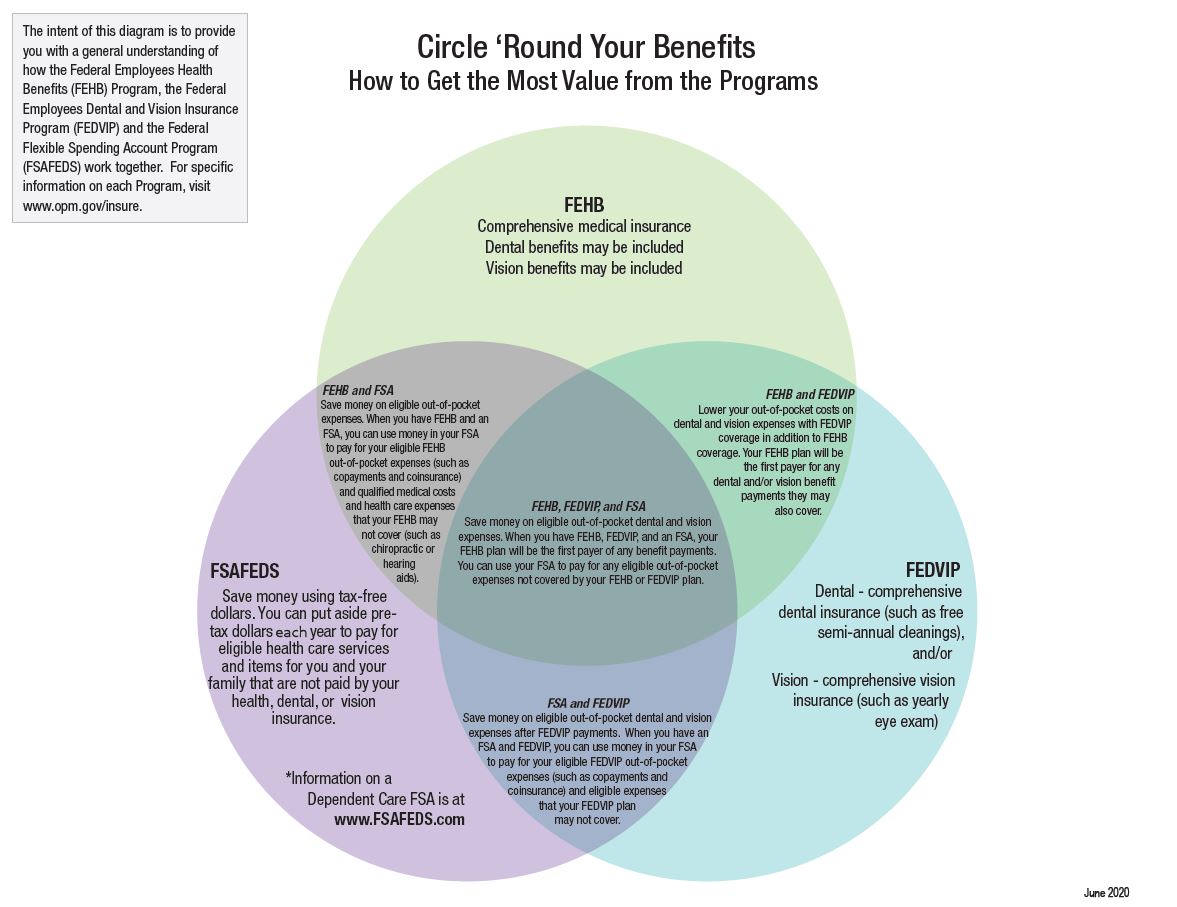The Basic Principles Of Medicare Advantage Agent
Table of ContentsThe Single Strategy To Use For Medicare Advantage AgentMedicare Advantage Agent Things To Know Before You Get ThisMedicare Advantage Agent Things To Know Before You Buy


follows from complies with the perplexing young reasonably profile of account uninsured with the better healthFar better health and wellness average, standard younger personsMore youthful For those without access to work environment health and wellness insurance policy, inadequate wellness is a potential barrier to buying nongroup insurance coverage since such insurance coverage may be extremely priced, leave out preexisting conditions, or be simply inaccessible. Unless otherwise kept in mind, national quotes of individuals without wellness insurance coverage and proportions of the populace with different kinds of insurance coverage are based on the CPS, the most commonly used source of price quotes of insurance policy coverage and uninsurance rates.

The Ultimate Guide To Medicare Advantage Agent
Over a three-year duration starting early in 1993, 72 million people, 29 percent of the U.S. population, were without coverage for at the very least one month. Within a solitary year(1994), 53 million people experienced a minimum of a month without insurance coverage(Bennefield, 1998a). Six out of every ten uninsured grownups are themselves used. Although functioning does enhance the likelihood that one and one's member of the family will certainly have insurance policy, it is not an assurance. Even participants of family members with 2 full-time wage earners have almost a one-in-ten opportunity of being uninsured (9.1 percent without insurance rate)(Hoffman and Pohl, 2000 ). The partnership between wellness insurance coverage and accessibility to care is well established, as documented later in this chapter. Although the connection between medical insurance and health results is neither straight nor basic, a substantial medical and health services research study literature web links medical insurance protection
to enhanced accessibility to care, far better top quality, and enhanced individual and population wellness status. The second record, on individual health outcomes for without insurance grownups, is represented by the inner circle of the number, while the 3rd report, on family health, incorporates the subjects of the 2nd report however emphasizes a various device of analysis, specifically, the family. The 6th report in the collection will certainly offer info concerning methods and efforts taken on in your area, statewide, or nationally to attend to the lack of insurance coverage and its adverse impacts. Levels of analysis for taking a look at the results of uninsurance. This discussion of medical insurance coverage concentrates mainly on the U.S. population under age 65 due to the fact that practically all Americans 65 and older have Medicare or other public coverage.
It concentrates specifically on those without any health and wellness insurance for any size of time. The troubles dealt with by the underinsured are in some aspects comparable to those encountered by the uninsured, although they are generally much less serious. Uninsurance and underinsurance, nonetheless, include noticeably different policy concerns, and the methods for addressing them may vary. Throughout this research study and the five records to comply with, the primary emphasis gets on individuals with no medical insurance and hence no support in paying for healthcare beyond what is offered via charity and safeguard establishments. Medical insurance is a powerful element influencing receipt of care due to the fact that both clients and physicians respond to the out-of-pocket price of services. Medical insurance, nonetheless, is neither necessary neither adequate to access to clinical services. The independent and direct effect of wellness
insurance insurance policy on access to health health and wellness is well establishedDeveloped Others will certainly get the healthcare they require also without health insurance, by paying for it expense or seeking it from companies who supply treatment cost-free or at very subsidized rates. For still others, health and wellness insurance alone does not make certain receipt of treatment due to various other nonfinancial obstacles, such as an absence of healthcare service providers in their neighborhood, restricted accessibility to transport, illiteracy, or etymological and social distinctions. Formal research study regarding without insurance populations in the United States dates to the late 1920s and early 1930s when the Committee on the Price of Medical Care generated a series of records about financing doctor workplace sees and hospitalizations. This problem came to be prominent as the varieties of medically indigent climbed up throughout the Great Depression. Empirical research studies regularly support the web link between accessibility to care and enhanced health end results(Bindman et al., 1995; Starfield, 1995 ). Having a regular source of care can be thought about a predictor of accessibility, instead than a straight measure of it, when health and wellness results are themselves utilized as access indications. This expansion of the concept of gain access to measurement was made by the IOM Board on Monitoring Gain Access To to Personal Healthcare Services(Millman, 1993, p. Whether or not parents are insured shows up pop over to this web-site to impact whether or not their children get treatment along with just how much careeven if the children themselves have insurance coverage(Hanson, 1998). The health of moms and dads can influence their ability to look after their kids and the degree of family stress and anxiety. Stressing regarding their youngsters's accessibility to care is itself a source of tension for parents. 3 chapters adhere to in this record. Chapter 2 provides a review of just how employment-based wellness insurance coverage, public programs and individual insurance policies run and engage to supply substantial yet insufficient protection of the U.S. population. This consists of a testimonial of historic fads and page public laws impacting both public and exclusive insurance, a conversation of the communications among the various sorts of insurance, and an evaluation of why people move from one program to another or wind up
